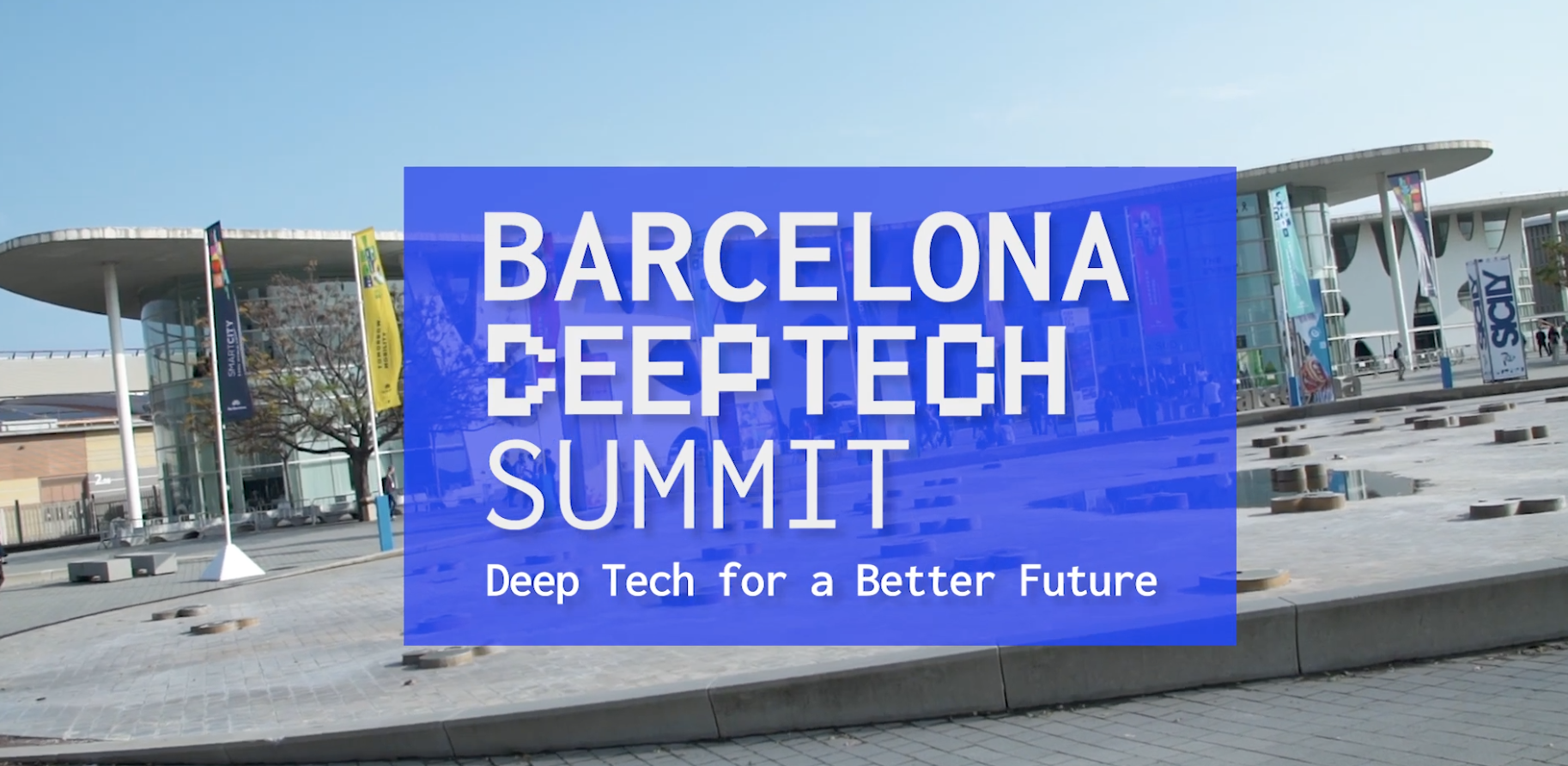At the end of 2024, the McKinsey Global Institute published a paper that highlighted the divergent economic paths between the U.S. and Europe, fueled in a large part by different approaches to GenAI adoption and innovation.
The findings were predictable in some ways. Given that companies such as OpenAI, Google and Meta all hail from the US, it stands to reason that the country has an edge in terms of tech innovation and AI adoption.
Meanwhile, the European Union is known for its tendency to focus on policy and industry regulation across the board. Although data and AI regulations have drawn criticism from tech leaders on both sides of the pond, the approach won’t have come as a surprise.
Still, the report from McKinsey found a “widening divide” between the two economies, with experts noting the significant productivity gains that U.S. companies were already able to unlock in the first stages of GenAI adoption.
However, the first half of 2025 has shown how quickly things change. For one, we’ve seen a significant shift in EU policy, to “simplify data rules and leverage data labs” coupled with major new investments in supercomputers and AI factories.
This is coupled with new pressures on the U.S. innovation economy stemming from new global tariffs and the rising threat of Chinese competitors.
With everything still to play for in the innovation economy, 2025 is the moment European businesses can recoup lost ground and drive productivity through software solutions and AI. To hit the ground running, a software development framework known as ‘Intelligent Engineering’ is helping organizations to increase the speed of software releases and adopt an agile approach suited for modern tech solutions.
What software efficiency looks like in an AI-first world
With Europe on the cusp of a new era that embraces innovation, the fundamental need for software efficiency is increasingly a front and center topic.
Explained Mahesh Raja (article’s featured photo), Chief Growth Officer at Ness Digital Engineering, in an article for Entrepreneur Magazine, “Enterprises must move from a conceptual technology to one that can be rapidly adopted and put to action. While a combination of factors has contributed to slower adoption rates in the region, one barrier to adoption comes in the form of software efficiency.”
“Intelligent Engineering, which leverages the power of data and intelligence to improve engineering productivity, can help to overcome software development inefficiencies to reach higher adoption targets and help founders and CEOs embrace a new era of AI adoption,” he continued.
Yet driving software development efficiency has its own unique challenges due to several dominant tech trends.
“The evolution of cloud computing has had a phenomenal impact on the way that software development processes operate. Further, regions like the U.S. often have greater access to hyperscale marketplaces that further boost agility and therefore competitiveness. The need to deploy more software within shorter periods is also placing unprecedented pressure on the performance of engineering teams,” Mahesh added.
“Today, more than ever before, a data-driven approach is needed as a framework to continuously improve upon software engineering velocity.”

Why software improvements start with data
The quest for AI innovation in Europe starts with data, as new regulations improve data access for businesses and administrations, simplify data rules, and leverage data labs to gather and curate high-quality data from different sources.
The same approach is true for software efficiency. In order to unlock the benefits of new AI solutions, organizations need to boost the velocity of software release cycles using Intelligent Engineering.
This approach starts with data.
According to the executive, “This is particularly important when we consider how the rise of cloud computing and citizen developers has caused a fragmentation of the development environment. For instance, every team often has a DevOps tool in place to manage workflows. Yet these metrics are most often being measured in isolation.”
Software velocity and competitiveness
When it comes to AI adoption, European organizations lag behind their U.S. counterparts by 45% to 70%.
“This is why Europe stands to benefit most from the next stage of Intelligent Engineering that focuses on speed and quality,” Mahesh continued.
“By working with the performance metrics from the data analytics, enterprises are able to take appropriate action. It’s likely that some teams are already performing well in one or both of these categories. Identifying the lowest performers and making changes to these teams first and foremost will have a greater and more immediate impact, in line with the Intelligent Engineering approach.”
Mahesh was also keen to point out that driving long-term improvements to the pace of innovation requires a continuous approach.
While it’s important to remove the biggest roadblocks immediately, Intelligent Engineering is an approach that continues to monitor the speed of release cycles and find further improvements.
Driving AI Adoption with Intelligent Engineering
As Europe enters a new era of AI innovation with top-level support from policymakers at the EU, the Intelligent Engineering approach shows how organizations can further accelerate the pace of innovation.
With details of the new governmental AI plans becoming public, it’s clear that many of the goals and investments aim to drive the speed of this. For instance, €20 billion will be entirely dedicated to the announced AI gigafactories, while AI factories will act as open ecosystems providing access to compute, data and talent.
At the same time, leaders should also be taking more proactive steps to boost innovation.






